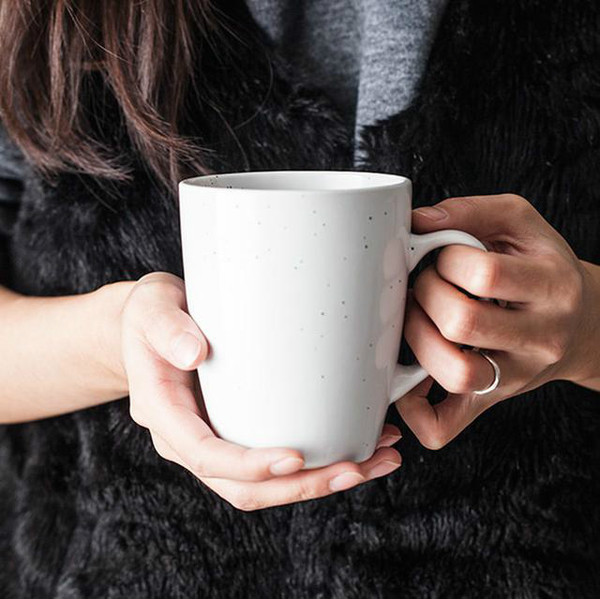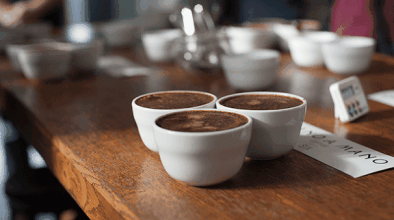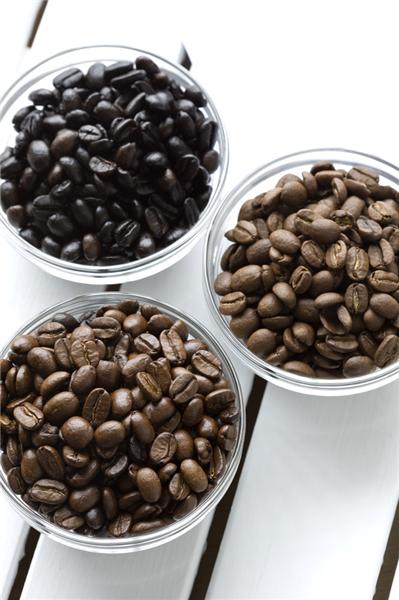Coffee extraction-how to judge a good cup of coffee? What do you mean by extraction rate and coffee concentration?
The taste and extraction methods of coffee are very diverse. The European Fine Coffee Association once put forward the concept of "Gold cup". A certain extraction rate and coffee concentration determine the taste of coffee, but what is the extraction rate, and what is its effect on the taste of coffee? Here is some knowledge sharing:
Extraction rate: the ground coffee powder is not completely soluble in water, and the compounds that can really dissolve in water account for about 30%. In general coffee cooking, about 18% of the substances in coffee powder dissolve into water, while that of Espresso is about 15%, 25%, which is called extraction rate. If the extraction rate in a cup of coffee is on the low side, it is called insufficient extraction, while too high is over-extraction. But it is very important that the extraction rate and coffee concentration are completely different, so don't get confused!
Coffee concentration: weight of all compounds dissolved in water / total weight of coffee solution when more than 1000 coffee compounds appear in the process, no two cups of coffee will be exactly the same, but how do we know that degree of extraction will be the best? fortunately, these flavors can be classified into several categories, and compounds classified as similar will be extracted at similar temperatures and processes. Generally speaking, the heavier molecular weight dissolves more slowly, while the lighter one dissolves faster. The following two groups of compounds with lighter flavor and faster dissolution still exist even when the extraction is insufficient.
Sour fruit: aroma and taste of fruit and flowers, refreshing taste in sweeter coffee beans, but obvious fermented sour smell in less sweet coffee beans, and they dissolve fastest.
Mena reaction compounds: flavors and aromas of roasted grains, wood, nuts and tannins, sharp bitterness in less sweet coffee beans, while warm, round, malt aromas in sweeter coffee beans, they dissolve more slowly than fruit acids, but even the most underextracted coffee dissolves completely.

On the other hand, the following two kinds of molecules dissolve more slowly because of their heavier molecules, and their concentration can only be felt when the extraction rate is high.
Caramels: with caramel, vanilla, chocolate and sweetness, because almost all the sugar in raw coffee beans is caramelized during baking, so these are the main sources of sweetness in coffee, which tastes bitter and sweet and heavy caramel. it dissolves more slowly than light caramel, which tastes sweeter, and some light caramel dissolves even at lower extraction rates. But it will not be completely dissolved until a higher extraction rate is needed.
Dry distillation compounds: the so-called dry distillation compounds are those charred caramel and re-baked Rimena reaction post-reaction compounds become very obvious. In the less sweet coffee beans, they have cloves, tobacco, peat and heavy bitter, scorched taste, etc., in the sweeter coffee beans, they are bitter sweet honey, and these compounds dissolve quite slowly. However, these compounds can be tasted even in very low concentrations, so the extraction rate must be controlled within a certain range in order to avoid these flavors.
The classification of these flavors provides us with our understanding of balanced coffee extraction. How to accurately and detailedly describe the taste of coffee is an art. However, we distinguish the perceived taste according to the above four categories. It is also easy to tell whether coffee is underextracted, overextracted and just right.
Insufficient extraction: whether the fruit acid smells rotten and fermented, while the Mena reaction compound has a sharp and obvious bitter taste.
Proper extraction: refreshing fruit acid, Mena reaction compound round and warm taste
Over-extraction: heavy and sticky taste, only bitter sweet caramel taste and can not feel other odors.
It comes from Sina blog, which specializes in coffee blending at albus Arbos.
Important Notice :
前街咖啡 FrontStreet Coffee has moved to new addredd:
FrontStreet Coffee Address: 315,Donghua East Road,GuangZhou
Tel:020 38364473
- Prev

What are the steps of the coffee cup test? What are the steps of the cup test? How to measure the coffee cup correctly
First, sample grinding. The roughness and fineness of coffee beans of all samples are completely the same, and the most suitable grinding thickness is between the coarse and fine grinding of American drip filter coffee machine and French press filter. Second, weigh and take powder. According to the technical standard of SCAA cup testing, it is recommended that every 0.055g coffee powder be brewed with 1ml hot water. If we use a standard cup with a capacity of 150ml, then each cup should contain
- Next

What are the ingredients of coffee beans? What are the ingredients of coffee beans? Tannic acid, fat, caffeine
Caffeine: caffeine is the most eye-catching of all the ingredients in coffee. It belongs to a kind of phytoxanthin (animal muscle component). It has the same properties as theobromine contained in cocoa, green tea contains the same theophylline, and the percentage of reduction after baking is very small. Caffeine has a very wide range of effects. will affect the human brain, heart, blood vessels, gastrointestinal, muscle and kidney and other parts, the right amount of coffee
Related
- Beginners will see the "Coffee pull flower" guide!
- What is the difference between ice blog purified milk and ordinary milk coffee?
- Why is the Philippines the largest producer of crops in Liberia?
- For coffee extraction, should the fine powder be retained?
- How does extracted espresso fill pressed powder? How much strength does it take to press the powder?
- How to make jasmine cold extract coffee? Is the jasmine + latte good?
- Will this little toy really make the coffee taste better? How does Lily Drip affect coffee extraction?
- Will the action of slapping the filter cup also affect coffee extraction?
- What's the difference between powder-to-water ratio and powder-to-liquid ratio?
- What is the Ethiopian local species? What does it have to do with Heirloom native species?

